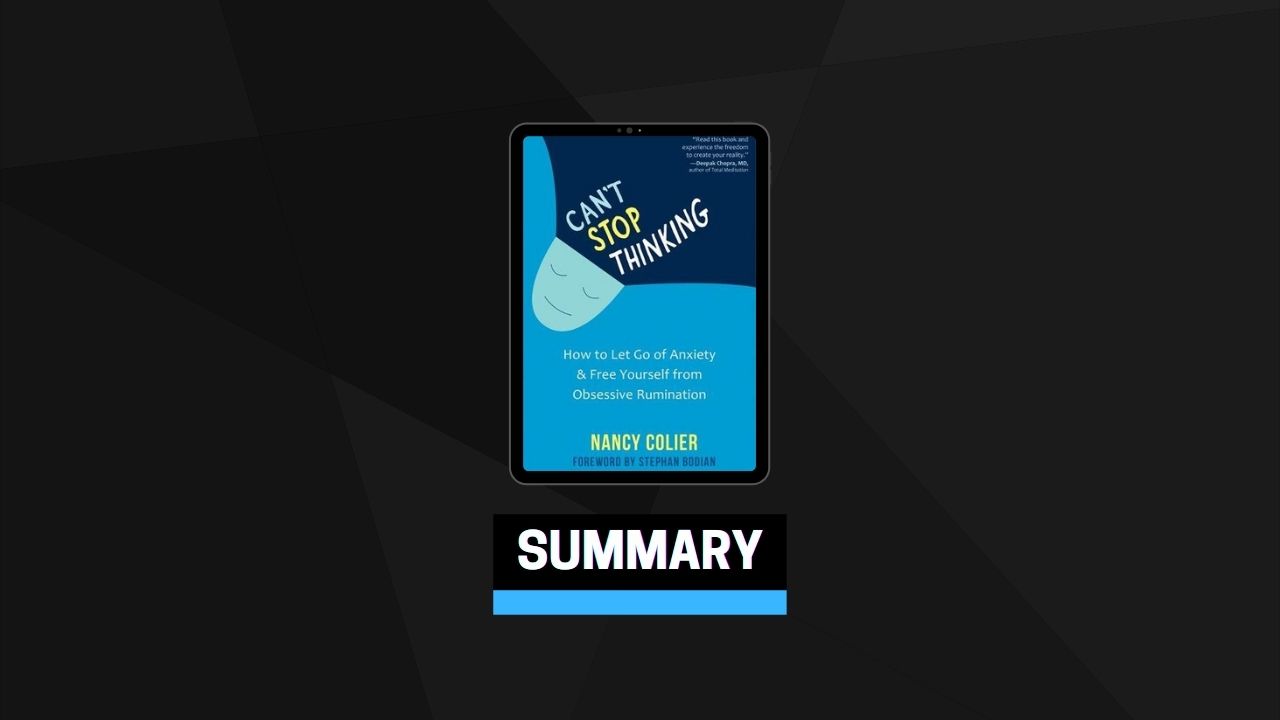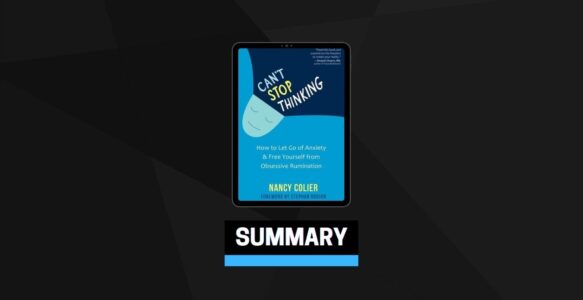Changing Our Relationship with Thought
When we’re born, we experience life through our senses. There is seeing, hearing, tasting, smelling, and feeling, but not yet a me who is doing all that. Sensing is just happening; our self, our experience, and our environment are all one thing. But as we grow and start to see and experience ourselves as a separate entity, a me with a name who shows up in the mirror, and then the proverbial my tummy, my candy, my wheelbarrow, my mommy, ad infinitum, we start to experience ourselves as separate from our environment. That separate me then, over time, is conditioned to focus on the objects appearing in his or her awareness: toys, things, people, food, and so forth. Oh look at that, touch this, taste that. Our attention is consumed by the thing we’re pointing at. But in the process, we’ve lost sight of the seeing or sensing itself: the awareness that makes relationship with the object possible. We’ve lost contact, simultaneously, with the space within which the object appears.
If you point at the sky and ask, What’s that? most people will tell you a bird, an airplane, a cloud, or some other object they see at that moment within the sky. But what goes unseen and unexperienced is the sky itself. We are so trained to focus on the thing appearing that we miss the infinite space, the sky within which the birds, planes, clouds, and all the rest come and go. Such is the case with our mind. We perceive only the thoughts, but not the awareness out of which they arise and into which they disappear. We hear only the words, but know nothing of the one who hears the words. To change your thinking, however, you must become aware of the awareness that surrounds thoughts like the sky hosting the birds.
The Basics of Awareness Practice
Awareness, for our purposes, is simply noticing what’s happening—and that’s it. Being able to do this is a skill that you can cultivate by practicing paying attention to this present moment, on purpose, and without judgment. That is, you can become more aware of what’s happening in your mind, body, environment, and everything else the present moment contains. You can notice what’s here now without deciding why it’s here, whether you like it, or what you need to do about it. You basically observe without getting involved in the contents or story lines being offered. When you practice awareness, you adopt an attitude of curiosity and friendliness; your goal is to simply look without looking for anything in particular.
Imagine that you are pointing a camera at your mind right now. What do you hear and see?
Observe what’s happening in there—inside your head. Are there lots of thoughts or just a few here and there? Are the thoughts distinct so you can make out the particular words or images they carry, or are the thoughts appearing more like a background of static and noise?
What’s the mood of the thoughts? How do the thoughts feel (without going into the content)?
The purpose here, oddly, is not to answer these questions. These questions are just pointers, or guides, to help you witness your own thoughts without doing anything to change them. These inquiries are about one thing: learning to stay still and watch the movie of your own mind.
Is Thinking Helping or Hurting?
This practice can help you discern when your devotion to your pain, when keeping company with your suffering, is no longer helpful or self.
By loving and when you compulsively and habitually scratch at your wounds. All of us have to decide when enough is enough.
The next time you’re caught in a painful memory or thought loop, stop for a moment and place one hand on your heart. Feel the kindness in this simple gesture, of inviting your own heart into the space. Take a deep breath.
Ask yourself—with curiosity not judgment—Have I sufficiently acknowledged the suffering that this particular situation has caused me? If not, take a few moments and offer yourself that acknowledgment, that compassion. Remind yourself that this matters. Say it out loud.
Then ask yourself whether going over this situation again—retelling this story, revisiting what hurts, rehearsing the case against whomever harmed you—is actually easing your suffering. Is it coming up with a solution? Is it changing what happened? Is it making you feel better? If it is, then by all means continue, but if it isn’t, then give yourself permission to stop.
While turning away from your painful thoughts can feel counterintuitive, unloving, and even retraumatizing, in fact, more often than not, it’s the very thing you need to do to feel better. So take genuine care of yourself and do this practice; take this moment and give yourself a chance at contentment.
What’s Wrong with Me?
No matter what you think is true about yourself, no matter what you’ve been taught to believe, take a moment to feel what it’s like to go through life with this story about you.
Place a hand on your heart and imagine yourself at the age when you started believing these negative thoughts about yourself.
The practice is not to consider whether you deserve the criticism, to validate or invalidate it, but to simply feel what it’s been like to continue this kind of relationship with yourself. What has it been like?
Imagine that you’re speaking to that child—you—what would you want to say? What would that child have wanted to hear? What words or actions would have really helped at that point in time?
What words or actions will help you now?
The goal here is to cultivate kindness for yourself, for the self that was and is being judged and criticized, the self who, even worse, was taught that it deserves it—that you deserve it.
What If Things Go Wrong?
Recall a time from your past when you found your way through a situation that initially felt impossible or that you would have considered devastating.
Consider how you were able to navigate it or perhaps build a new relationship with the situation, either internally or externally.
Contemplate how that difficult situation changed you, what you learned from it, and how it changed your relationship with yourself and the world.
Take a moment to explore and acknowledge your own resilience and adaptability.
Catastrophic thinking is an attempt to take care of yourself by preparing you for impending doom. But in the process, you discount and dismiss who you really are: your strength and ingenuity, your life experience, your internal resources, and the support system you can tap if need be. If you don’t believe look to your past for proof.
The Wisdom of Not Knowing
We live in an age of reason and science. We worship information, research, and logic so much that we named our era for it: the age of information. To reason is to think, use the rational mind, understand, and make sense of our world. Over time, we’ve put more and more eggs in the reasoning basket, betting on thinking to save the day. The thinking mind is the road to salvation.
Thinking, we believe, will solve whatever questions and challenges life presents. And, with technology exploding, our faith in and reverence for thinking are only intensifying.
The only true wisdom is in knowing we know nothing,” said Socrates. A lot has changed in the twenty-five hundred years since Socrates uttered those words. Our society now seems to disagree with the great philosopher on the issue of knowing. Here, in the twenty-first century CE, we believe that we should and can know everything. Our unceasing need to know the answers along with our unwillingness to accept the unknown sit at the root of our excessive thinking.
The Truth Is What Is
Living in the questions, no matter how uncomfortable it might feel, is living in the truth, which, once we get the hang of it, contains its own safety and trustworthiness. The safety we experience in the truth, however, is not because we have all the answers there or because the truth is comfortable.
But rather because the truth is inarguable…because the truth is what is. Surrendering to not knowing means planting our feet in moving ground and accepting that we’re in a process without a known outcome and that the process is the destination, for now.
Beyond Control Is a Fresh Version of Yourself
Inviting ourselves to be humble, to give up our identity as the one who knows, the one in control. We’re acknowledging that we’re not actually in control, which takes remarkable strength and courage, the courage to be honest about what’s true. No matter how frightening or unfamiliar this shift in identity might feel, ultimately, it offers us the freedom to be present, to discover not only what we don’t know, but also a new and more truthful version of ourselves. Ask yourself, Where in your life are you forcing answers before they’re ripe? Right now, can you let go of knowing—give yourself permission to relax in the not knowing? Can you be someone who’s not in control? You might want to journal on these questions as well.
Keeping It Simple and Kind
No matter how vested we are in thinking as the solution to life’s challenges, most of us will agree that thinking tends to complicate whatever situations we apply it to. Thinking actually solidifies and expands our problems—makes them more problematic. If what we want is peace and if what we want is to be happy, however, it’s a good idea to simplify our problems rather than complicate them. In the face of difficulty, or difficult people, it can be wise (oddly) to think less about what’s bothering us—not more.
Arriving in the Present Moment
Awakening to the fact that our relentless thinking is a distraction from the present moment, and therefore its own impediment to happiness and peace, allows us to stop naively entering the rabbit hole of thinking. We stop believing in thinking as inherently useful and positive. When we are no longer distracted by thinking around the clock, we start to feel more present, more here.
When thinking is no longer our constant state and thoughts are not incessantly hijacking our attention, the present moment turns from from invisible to visible. The present moment becomes something that’s alive and actually unfolding in front of us. No longer disappeared inside our heads, we get a seat inside life. Now becomes a lived experience. When we change our relationship with thought, we enter our life.


